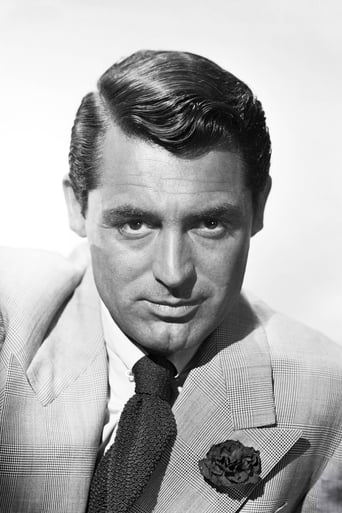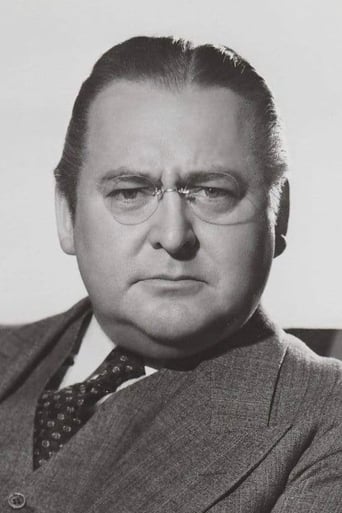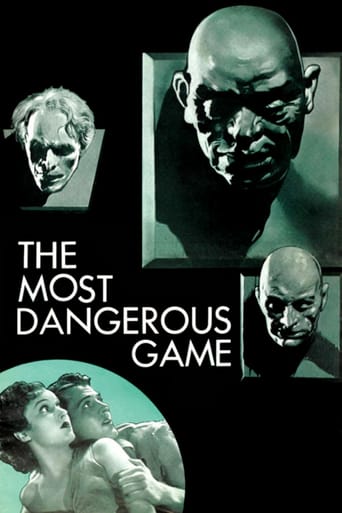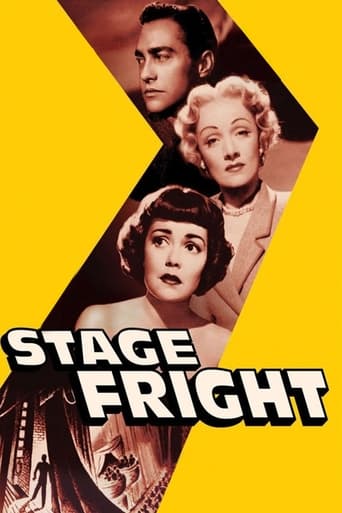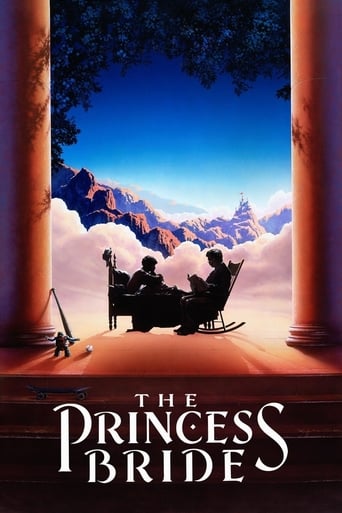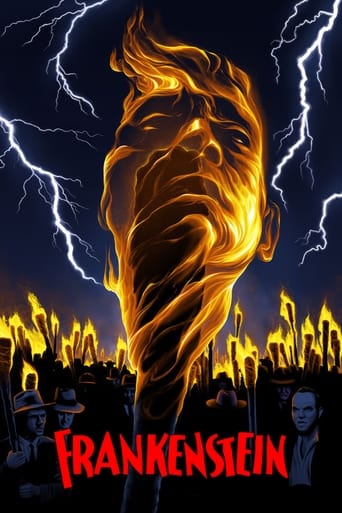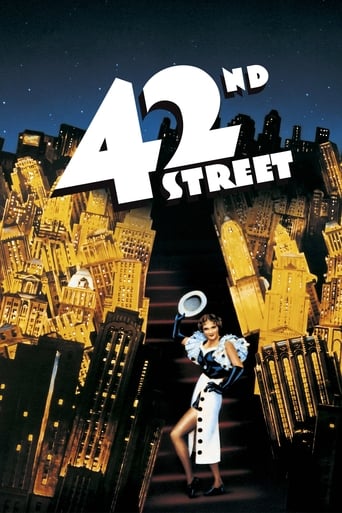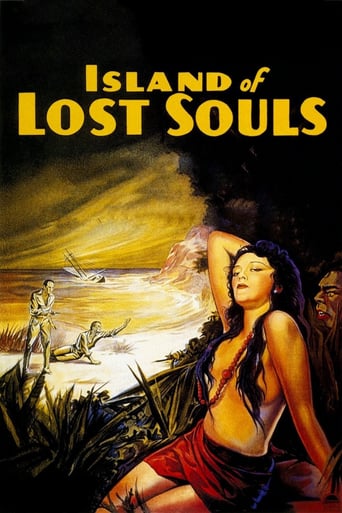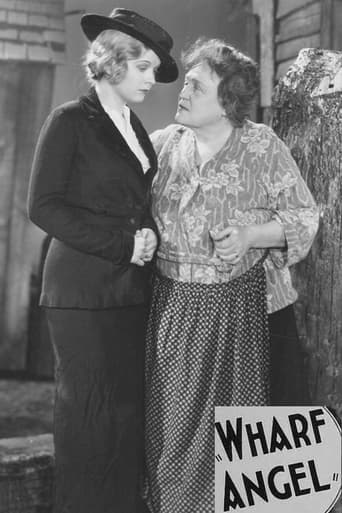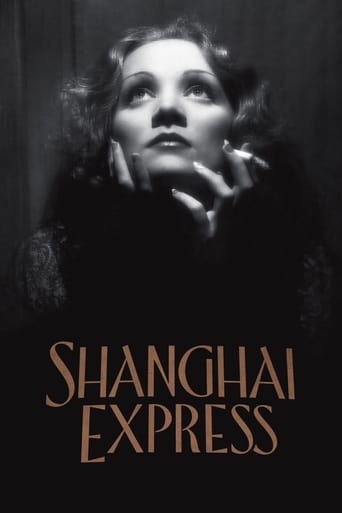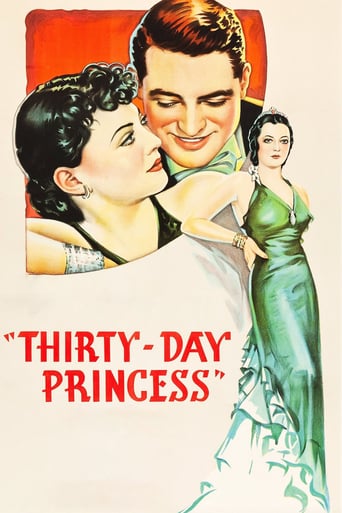
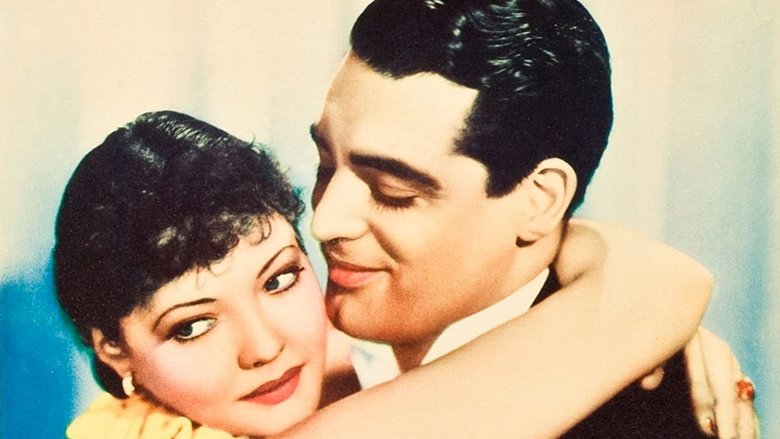
Thirty Day Princess (1934)
A European princess arrives in New York City to secure a much-needed loan for her country. She contracts the mumps, and an actress who looks exactly like her is hired to impersonate her.
Watch Trailer
Cast


Similar titles
Reviews
As Good As It Gets
Pretty good movie overall. First half was nothing special but it got better as it went along.
This is one of the best movies I’ve seen in a very long time. You have to go and see this on the big screen.
The film never slows down or bores, plunging from one harrowing sequence to the next.
Those who know veteran actress Sylvia Sidney mainly for her pathetic waifs ("An American Tragedy", "Dead End") or crotchety old ladies ("Damian: The Omen II", "Beetlejuice") will find her uniquely different here in a dual role-as a European princess in America on a good will tour and her American actress look-alike, asked to understudy the princess on the tour when she gets the mumps. The actress character is close enough to Sidney's characters in the sense that she is down on her luck, seen early on manipulating the doors of an auto-mat window containing a turkey dinner which ends up going to the dogs anyway. As she takes on the life of the princess, she falls in love with reporter Cary Grant while a missing person's report is filed for the actress. Will she manage to continue to fool the press as the lisping suitor of the real princess is manipulated to question her validity as the noble royal?Rarely cast in comedy during her leading lady era, Sidney stands out in two key comic scenes: first breaking the champagne glasses in continuous toasts while posing as the princess, and later acting all tough when detectives pick her up while searching for the missing actress. It's nice to see her in something other than slum clothing, and at times, she is photographed very exotically, almost appearing to be Asian. Grant is amusing in romantic support, while Edward Arnold is delightfully befuddled, in total shock when his guests follow Sidney's lead in tossing his prized champagne glasses over their shoulders as she toasts everything but the royal cattle. Henry Stephenson, as the King of the struggling country, is wisely droll, and Vince Barnett steals every moment he is on screen as the doomed to be dumped suitor. An early writing assignment for future director Preston Sturges, at times this seems more appropriate for Paramount's other leading ladies, but Sidney does a fine job, making this a somewhat delightful surprise.
Although Thirty Day Princess is part of a recently released early Cary Grant collection on DVD, it is actually a film in which Sylvia Sidney stars and gets her turn at a dual role. In both parts Sylvia acquits herself well indeed.King Henry Stephenson of the Balkan country of Taronia and international banker Edward Arnold meet in a mud-bath at a European resort spa. The king negotiates a loan with Arnold to be paid with bonds, but who to sell the bonds? It is agreed that the princess and heir to the throne Sylvia Sidney will undertake a goodwill tour of the USA to sell those bonds.But right at the beginning of the tour, the princess develops the mumps and is quarantined for thirty days. A dead ringer actress also played by Sidney is hired by Arnold to step in.Newspaper publisher Cary Grant doesn't like Arnold or bankers in general on principle. Remember this is the Depression and the New Deal was taking shape. He investigates the situation personally, but starts falling for the princess who he knows is out of his class. But Sidney who is a down and out actress who will be giving up her role like Cinderella shortly knows that the wealthy Grant is out of her's.How all this gets resolved is what you see Thirty Day Princess for. It is primarily a show for Sylvia Sidney though a young Cary Grant has some good scenes for himself there. He was not yet a movie legend, but gave every indication of becoming one.
A thoroughly winning little depression-era romantic comedy, THIRTY DAY PRINCESS manages to turn it's fairly routine storyline into a fresh and engaging picture that entertains throughout it's entire runtime. The plot has the Princess of the imaginary country Taronia (Sylvia Sidney) touring the US as an ambassador for her financially struggling country, with the hope of securing a major loan from the US. Upon arrival, our unfortunate Princess is stricken with the mumps, and is replaced by a look-alike actress (also played by Sidney), who doubles the ill Princess until she filly recovers. Complicating matters, however, is an ambitious news executive (Cary Grant), who is skeptical of the US approving such a large loan and wants to get to know out titular princess first hand.As evidenced by the summary above, the film's plot was flimsy and formulaic even by the standards of the mid-thirties, but the picture manages to surprise viewers by using such an overly-familiar plot device as a springboard for sharp dialogue and delightful, fully-realized performances. Any film of this nature is almost entirely dependent upon its lead performer, and Sylvia Sidney handles her dual role with utter conviction, truly convincing viewers that she is two completely different characters. There is also an irresistible chemistry between Sidney and the young Cary Grant, who offers flashes of the brilliant actor he would soon become. In the end, the film manages to escape its well-worn premise and emerge as a genuine delight as one of the more underrated comedies of the thirties.
"Thirty Day Princess" can easily fit into the oeuvre of master comedy writer Preston Sturges although this film predates his 1940 directorial debut by six years. The basic comic premise of one woman impersonating two very different people on opposite ends of the social scale (while convincing the man she's romantically involved with that they are different people) is difficult material to bring off. Within that context Sturges inserts his unique satiric sensibilities on sex and social mores.Sylvia Sydney, like Barbara Stanwyck seven years later in Sturges' wildly successful "The Lady Eve," succeeds admirably in using accent and mannerisms to distinguish the two characters. Additionall, both talented actresses have the chameleon-like ability to actually look different in both roles without resorting to any major make-up changes. Unfortunately, Cary Grant, at this stage of his career, had not as yet developed his screen persona to a degree that he could capture as much of the Sturges zaniness that Henry Fonda did in the 1941 film.While Sidney is portraying two completely different people in "Thirty Day Princes," the audience in "The Lady Eve" knows that Barbara Stanwyck's character is essentially playing two different facets of her own personality. so the similarities in her two roles are dramatically plausible. Although it is highly improbable that Sidney's characters, Nancy Lane and Princess Catterina, could look so much alike under ordinary circumstances, Sturges inserts a sly bit of covert sexual innuendo at the film's climax with a subtle dialogue exchange between Nancy and King Anatole suggesting that she possibly is the King's illegitimate daughter, illegitimately sired during a previous trip to America. Sturges was a master at getting questionable material like this discreetly past the censors of his day.Stealing the show, however, is character actor Vince Barnett, usually assigned to play low level gangsters and bumbling waiters, as Catterina's obnoxiously infantile fiancé, Prince Nicholeus. He delivers a hilarious performance, alternating accents from Mittel-English Ruritanian to Brooklynese. Considering Sturgis' loyalty to eccentric character actors during his heyday at Paramount, it seems unusual that he would not have written additional roles for Barnett in his series of screwball comedies in the early 40's as Barnett did occasionally turn up in Paramount films like Bob Hope's 1942 MY FAVORITE BLONDE.



